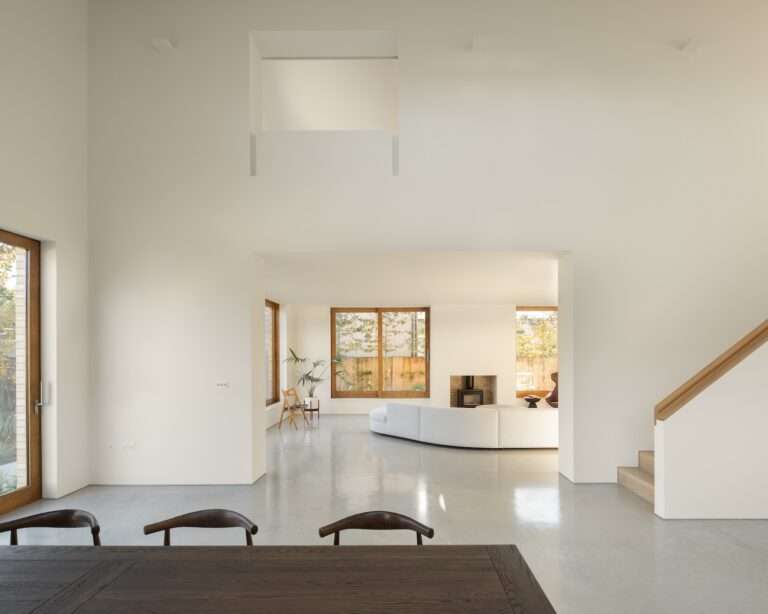There is a new affordable prefab home available in America. Last month while visiting the International Builders show in Las Vegas I heard about a new Prefab Home that had been recently been set up. At the time the price wasn’t available but I decided to check it out anyway. The unit is from Innova Homes, the exclusive distributor of Modulux in Hawaii. In this video I look check out their first display model, the mod 101H. Watch and learn more about the Mod 101H from Innova Homes. Watch to learn more about Innova Homes and their new Studio model from Modulux.
Check out Innova Homes: https://innovahomes808.com
Check out Modulux: https://moduluxhomes.com
Subscribe for more!
Add me on instagram: https://www.instagram.com/kerrytarnow/?hl=en
_______________________________________
Shop my Amazon Store for items I’m using, wearing and like:
https://www.amazon.com/shop/kerrytarnow
What I’m Wearing:
https://amzn.to/3IE6lwQ
Get In my Kitchen:
https://amzn.to/43iobz3
What I’m using to make Videos:
https://amzn.to/3MnJU0k
*all content on this YouTube channel reflects my own person opinion and should not be taken as legal advice or investment advice. Please seek out the guidance of trained and licensed individuals before making any decisions. Some of the links that appear on this video are from companies which Kerry Tarnow will earn an affiliate commission.





